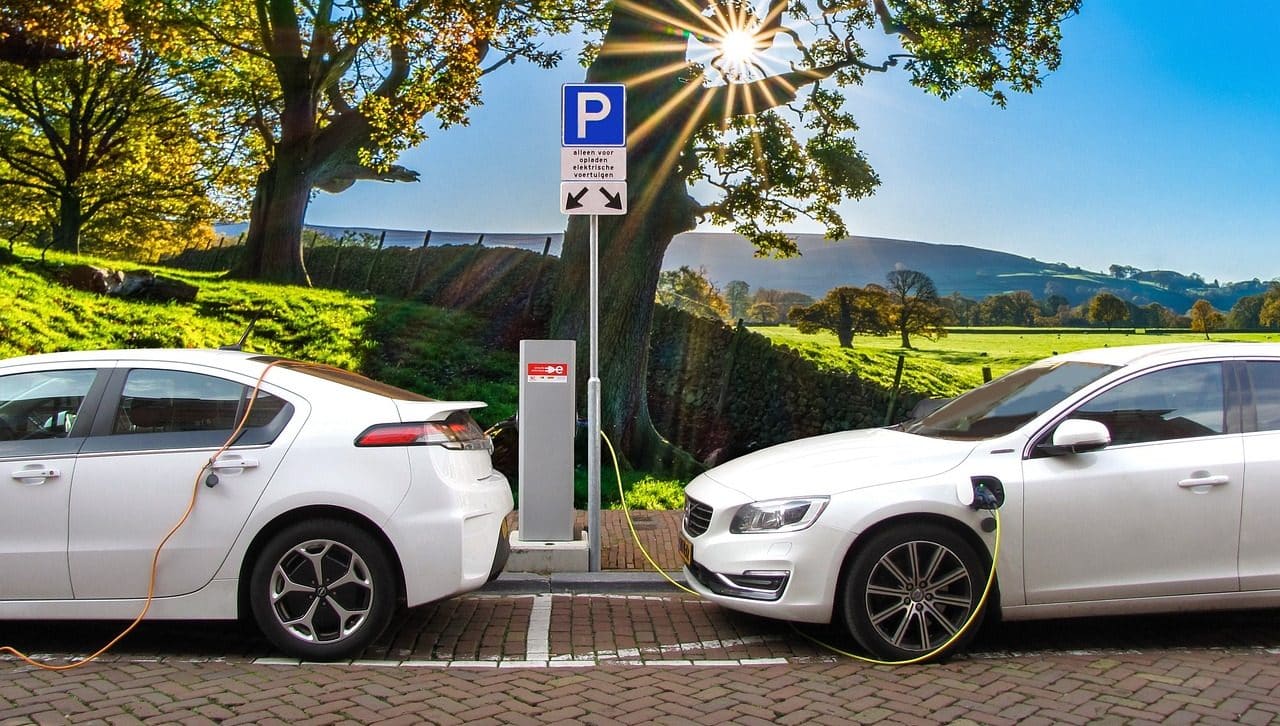
For decades, the car has allowed us to travel quickly and efficiently.
A car (or automobile) is a motor vehicle designed to transport people or goods from one place to another quickly and efficiently. However, its impact goes far beyond simple definition. It is a revolutionary creation of the 19th century that has transformed the way we live, work and get around.
Since its invention, the car has evolved from rudimentary steam machines to engineering marvels equipped with cutting-edge technology. It has revolutionized mobility, allowing us to travel long distances in a relatively short time. Furthermore, it has boosted the economy, culture, and society in ways we often overlook.
History
The car has its roots in the 18th and 19th centuries, when several people contributed to the creation of the first prototypes of self-propelled vehicles. One of the most notable precursors was Nicolas-Joseph Cugnot , a French engineer who built a steam vehicle in 1769, considered the first automobile. However, given its rudimentary nature, it was not widely used.
The real breakthrough in the history of the car came at the end of the 19th century with the invention of the internal combustion engine . In 1885, Karl Benz , a German engineer, built the Benz Patent-Motorwagen , widely regarded as the product that ushered in the era of automobiles as we know them today.
In the 20th century, thanks to Henry Ford and his focus on mass production, the famous Ford Model T emerged, which became the best-selling car of the time and changed the way these products were manufactured. By implementing the assembly line, Ford managed to drastically reduce production costs and, as a result, made automobiles more affordable for the middle class.
Exterior Components
- Body : It is the "body" of the car, the structure that provides support and protection. It can be made of steel, aluminum or other materials, and its design can vary widely, from elegant sedans to rugged all-terrain vehicles;
- windshield – is a glass surface located at the front of the car that protects occupants from external elements, such as wind, rain, dust, and debris;
- Tires – These are the rubber components that surround the car's wheels and are essential for traction, steering, and shock absorption. They come in a variety of sizes and designs to adapt to different types of terrain and weather conditions;
- Headlights : They are essential for illumination of the road, improving visibility both day and night. Headlights, taillights and signal lights are critical components for road safety;
- bumpers - are designed to absorb minor impacts and protect the body in low-speed collisions;
- Tires : These are the rubber wheels that support the car and provide traction. They come in different sizes and designs to suit your driving needs.

The electric car is a green alternative to traditional ones.
Interior Components
- Seats : provide comfort and support to car occupants. They can vary in design, material and fit, and some cars have heated seats and massage functions;
- Steering wheel : It is the main interface between the driver and the car. Allows you to steer the vehicle and control functions such as the horn and lights;
- speedometer - shows the speed at which the car is traveling, providing essential information to maintain safe driving and within speed limits;
- Rearview mirrors : both interior and exterior mirrors are crucial for visibility and safety when changing lanes and parking.
Mechanics
- Engine : It is the heart of the car, converting fuel energy into movement. It can be internal combustion or electric, and varies in size and power;
- transmission : regulates speed and changes gears to maintain efficient performance;
- Brakes – Allow the driver to stop or slow the car safely. They can be disc or drum and are supported by a hydraulic system;
- fuel system – stores and supplies fuel to the engine, ensuring constant and efficient operation.
Technology and Electronics
- Navigation Systems – Uses a GPS to provide real-time directions and maps, making navigation easier;
- airbag – deploys in the event of a collision, providing an additional layer of protection for vehicle occupants;
- central locking : allows you to lock or unlock all the car doors with a single button or remote control;
- Audio systems – They provide entertainment and have become increasingly sophisticated, with features such as Bluetooth connectivity and smartphone integration.
Types of cars
Classifying car types can be a complex process due to the diversity that the market offers.
Let's start with a classification according to their size and shape:
- sedan : four doors, hardtop and space for five or more passengers. It usually has a separate trunk;
- SUV (Sports Utility Vehicle) : combines characteristics of a car and an off-road vehicle. It can be of different sizes, and is often four-wheel drive;
- coupe : smaller and sportier, with two doors and a sloping roof. Often designed for two passengers or with small rear seats;
- hatchback : compact or subcompact, with a rear door that opens upwards, providing access to the trunk. It can have two or four doors;
- station wagon or station wagon : with an extended cargo area in the rear. Its capacity is greater than that of the sedan;
- van ( minivan ) – to transport several people, often with seating for seven or eight passengers;
- convertible or convertible : with the ability to remove the roof or lower it to enjoy an outdoor ride.

There is no road that the off-road vehicle cannot traverse.
Propulsion classification:
- gasoline : they use internal combustion engines that run on gasoline as fuel;
- diesel - they use diesel engines, which run on diesel fuel;
- electric : they are powered exclusively by electricity stored in rechargeable batteries ;
- hybrid – combine an internal combustion engine with an electric motor and batteries to improve fuel efficiency. The so-called plug-in hybrid has a larger capacity battery, which increases its autonomy;
- CNG (Compressed Natural Gas) : they use natural gas as fuel.
Finally, let's look at the types of special use cars:
- luxury vehicle – designed with an emphasis on comfort, quality and advanced features;
- all-terrain vehicle or 4×4 : created to travel on difficult terrain and off-road ;
- sporty : high performance, designed for speed and agility;
- commercial – designed for commercial purposes, such as pickup trucks, light trucks, and delivery vans.
